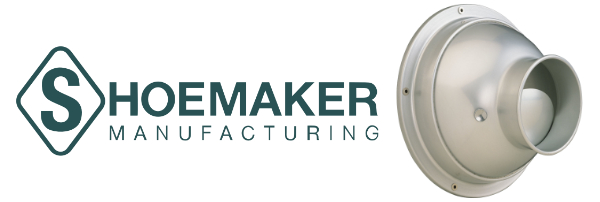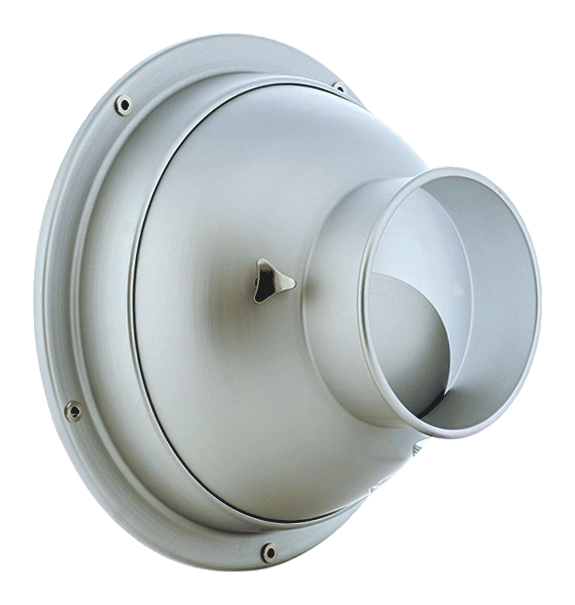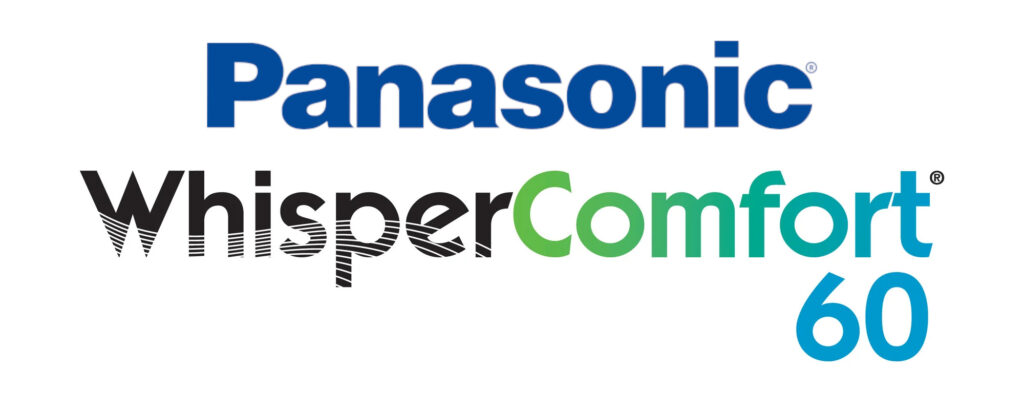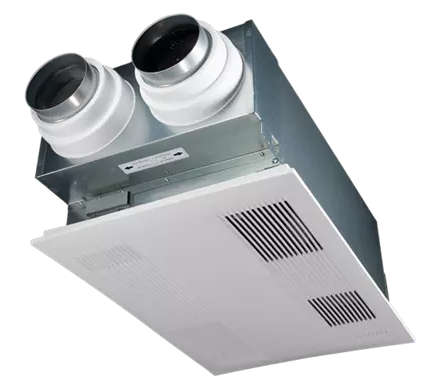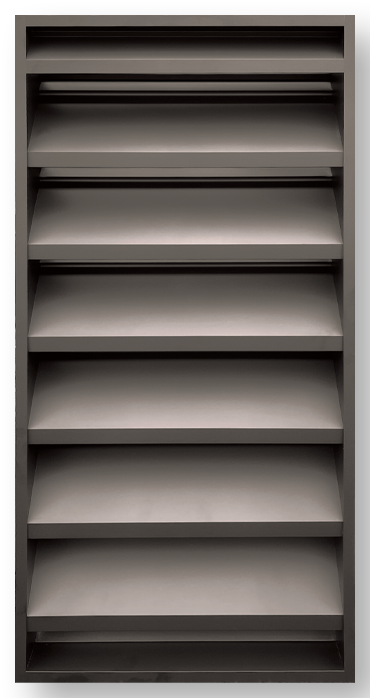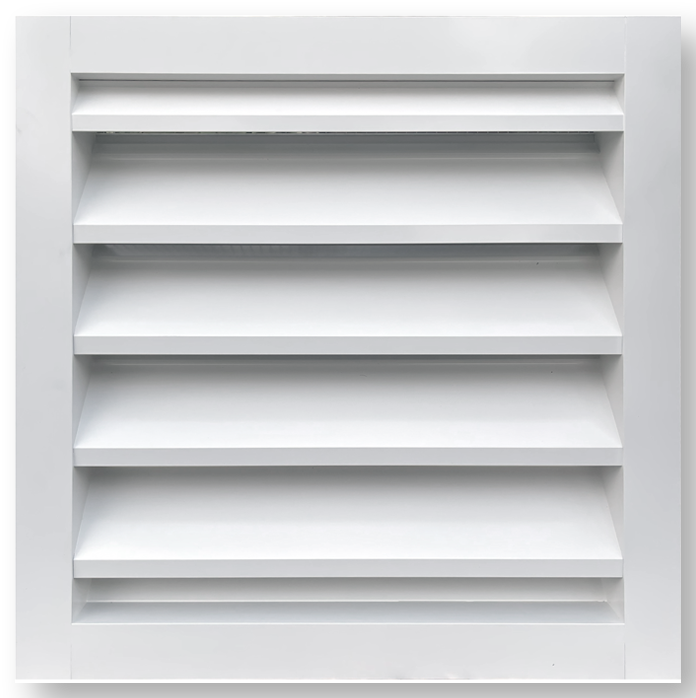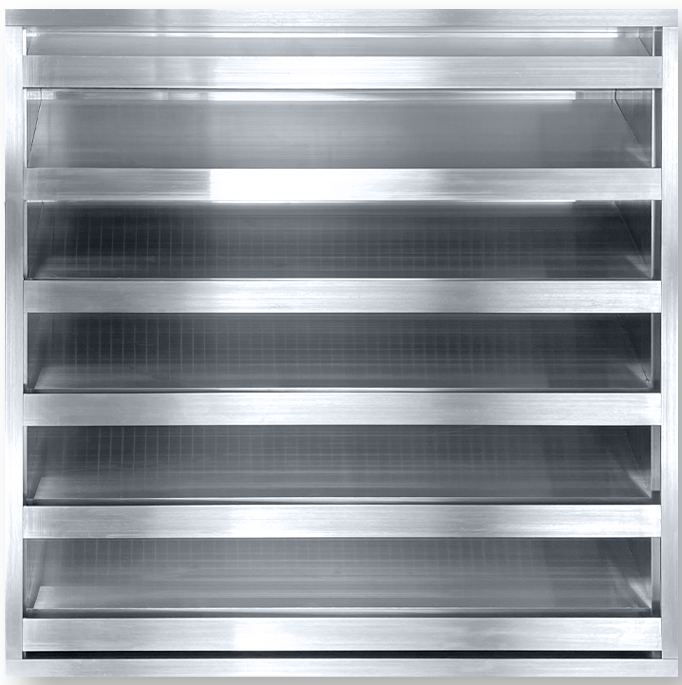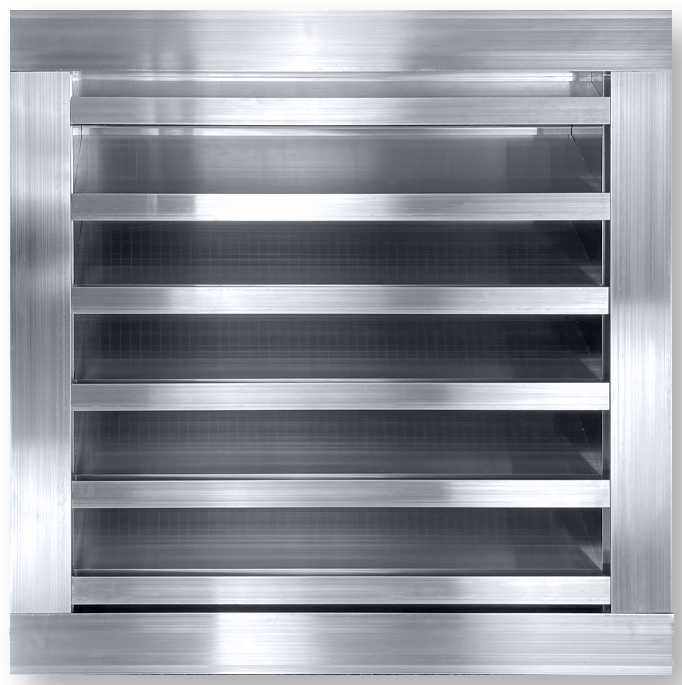Inconsistent temperatures, drafts, and inefficient HVAC operation plague many buildings. Traditional diffusers often fail to provide the necessary control and precision to address these issues, leading to discomfort and wasted energy. The 1202 spot diffuser by Shoemaker Manufacturing offers a solution by providing precise airflow to specific areas, improving both comfort and efficiency.
Engineered for precision and easy adjustability, the 1202 is designed to put you in control of your environment.
Submittal Information | Performance Data
Direct Air Exactly Where You Need It

The adjustable nozzle allows you to pinpoint the direction of warm or cool air, effectively addressing localized temperature issues and creating more comfortable zones.
Fine-Tune Your Comfort
With a simple turn of the integrated knob, you can precisely control the airflow coming out of the 1202 without the need for special tools, removal, or disassembly.
Simple and Secure Installation
The 1202 offers hassle-free installation by mounting directly to standard duct-work with screws. Its lightweight aluminum build negates the requirement for special hangers, streamlining the process of implementing targeted airflow.
Lasting Performance
Constructed from durable aluminum with a clear anodized finish which makes it corrosion-resistant, the 1202 is built to provide years of reliable operation.
The 1202 spot diffuser offers a powerful combination of precision, adjustability and durability. By providing targeted airflow, it solves common problems related to inconsistent temperatures and inefficient HVAC systems. Take control of your environment with the Shoemaker 1202 and experience the difference that precise airflow can make.
